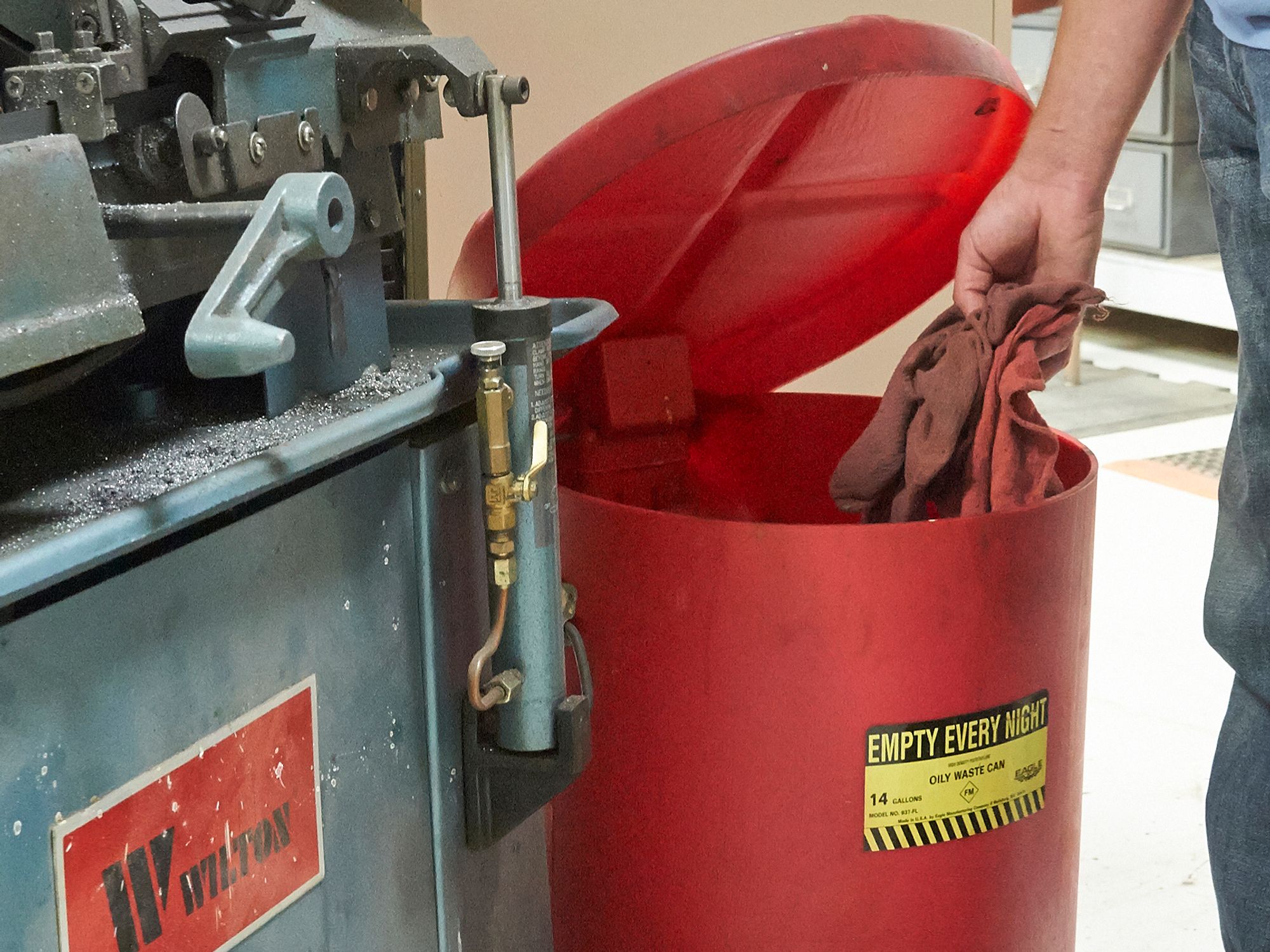Exclusions to the solvent-contaminated wipes rules

- Solvent-contaminated wipes may be sent to combustors regulated under the Clean Air Act, municipal solid waste landfills, or hazardous waste landfills.
- Generators using industrial wipes with non-hazardous solvents are not affected by the exclusions.
Solvent-contaminated wipes that are laundered and reused are not considered wastes at all. The Environmental Protection Agency (EPA) says they are neither solid wastes nor hazardous wastes when managed under the conditions listed below. These reusable wipes must be sent to EPA-regulated laundries or dry cleaners. (261.4(a)(26))
Hazardous waste exclusion
Solvent-contaminated wipes that are disposed of are not hazardous wastes, as long as they are managed according to the management conditions in 261.4(b)(18). These wipes may be sent to combustors that are regulated under the Clean Air Act, municipal solid waste landfills, or hazardous waste landfills.
Management conditions
In order to be eligible for the exemption, wipes must be managed as follows:
- Store used wipes in closed, non-leaking containers. Closed and labeled containers serve to minimize emissions, prevent spills, and reduce the risk of fires.
- Label the containers with the words “Excluded Solvent-Contaminated Wipes.”
- Remove any free liquids. Wipes may not contain free liquids when sent for cleaning or disposal. Free liquid solvent removed from the wipes must then be managed as a hazardous waste, as appropriate, and may be recycled.
- Send wipes offsite within 180 days. The time limit ensures that free liquids are removed from the solvent-contaminated wipes and the container and not stored indefinitely onsite.
- Comply with recordkeeping requirements. Generators must maintain certain documentation onsite so that states and EPA can ensure they are complying with the conditions of the exclusion. This documentation must include:
- The name and address of the laundry, dry cleaner, landfill, or combustor;
- Documentation that the 180-day accumulation limit is being met; and
- Description of the process the generator is using to meet the “no free liquids” condition.
State adoption
Note that EPA did not require states to adopt the exclusions for industrial wipes. The state may require the treatment of solvent-contaminated wipes as hazardous wastes, even if they would be eligible for the federal exclusions.
The state may also have regulations that are stricter than the federal requirements. Be sure to check with the state environmental regulating agency to be sure of compliance with all the regulations that apply.
Non-hazardous solvents
Generators using industrial wipes with non-hazardous solvents are not affected by the exclusions. These wipes are not currently regulated as hazardous waste. Because of the reduced risk, EPA strongly recommends that all facilities consider using non-hazardous solvents.
